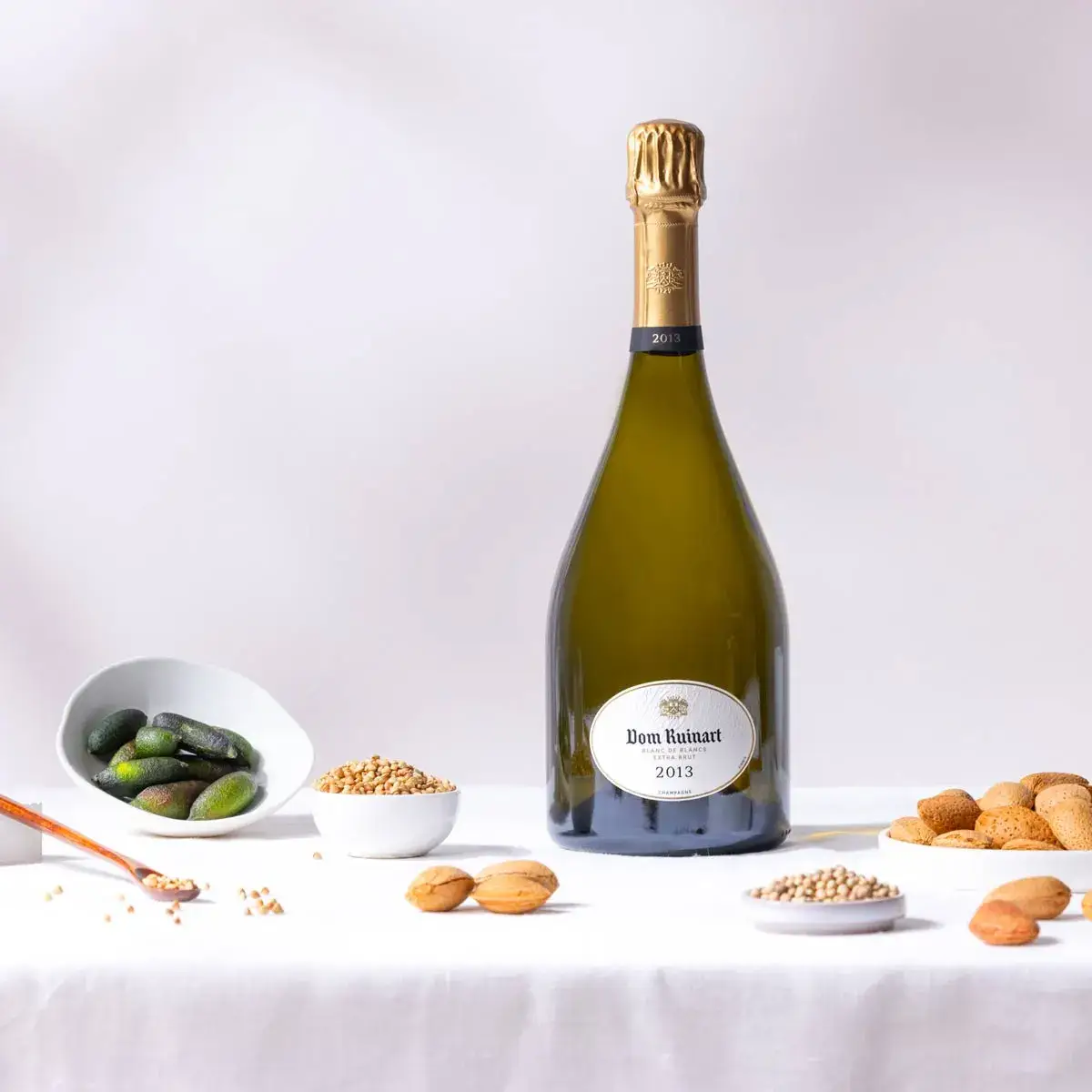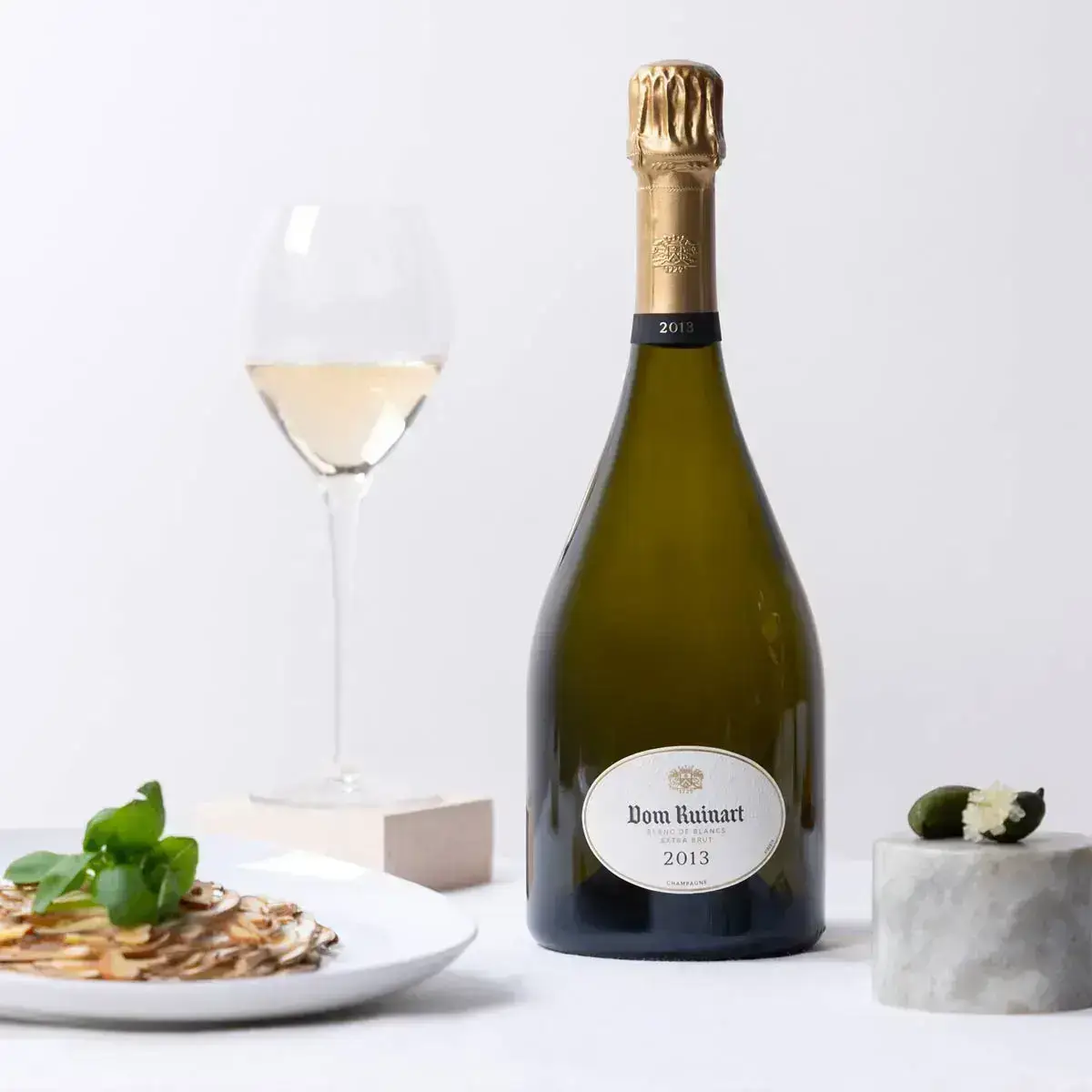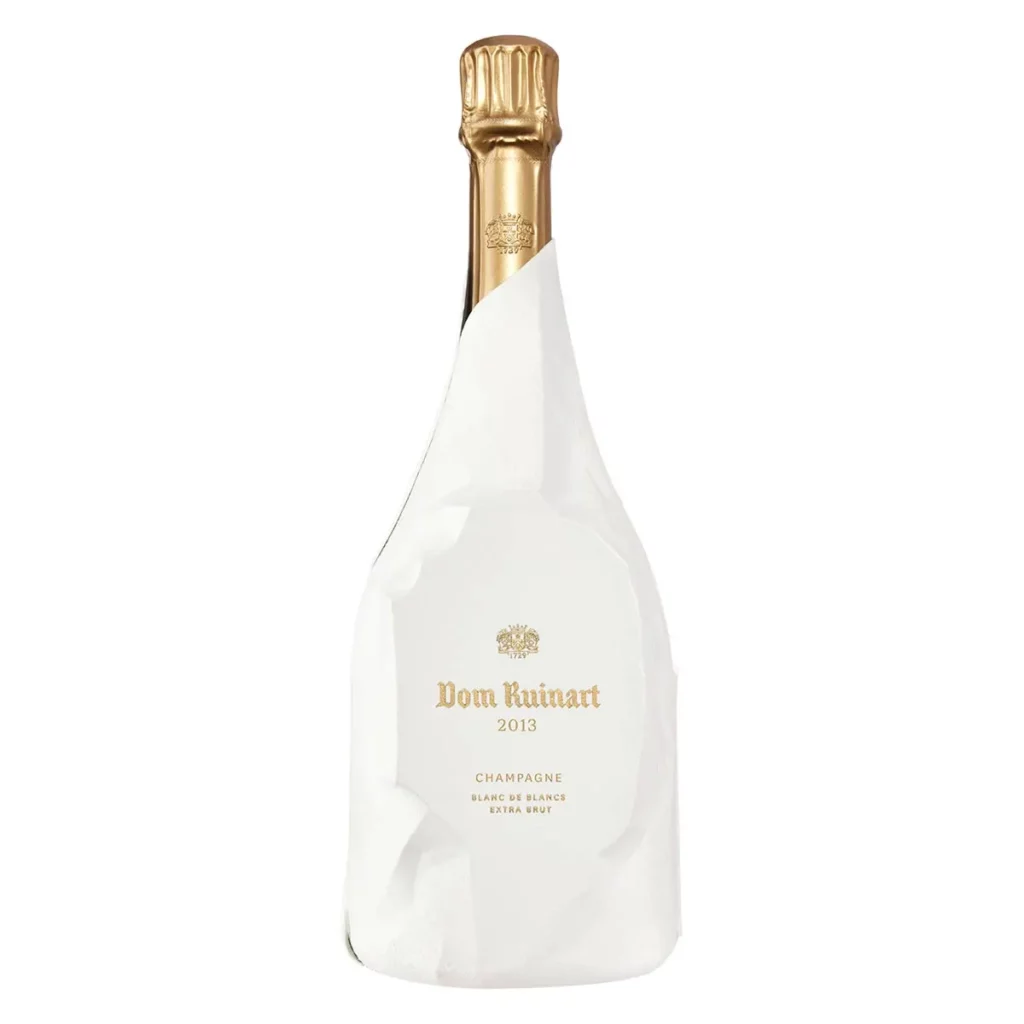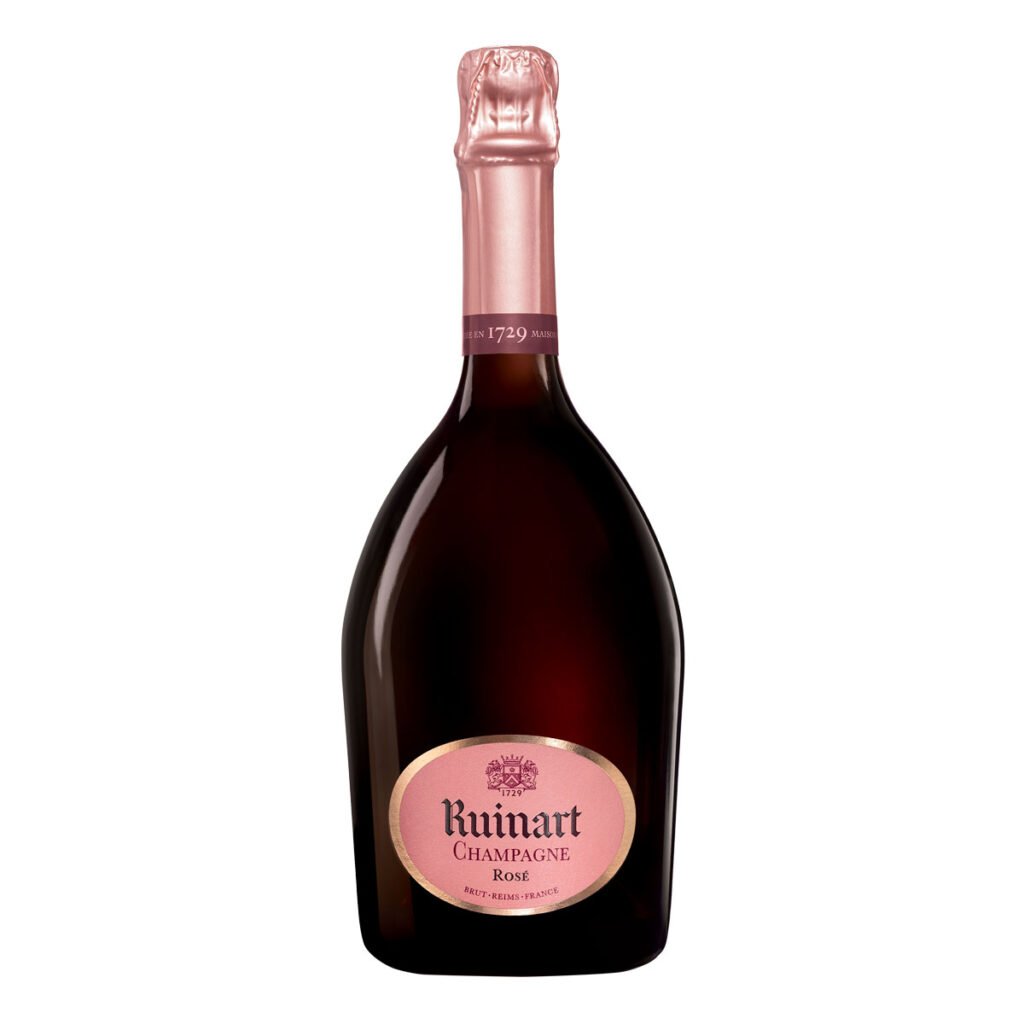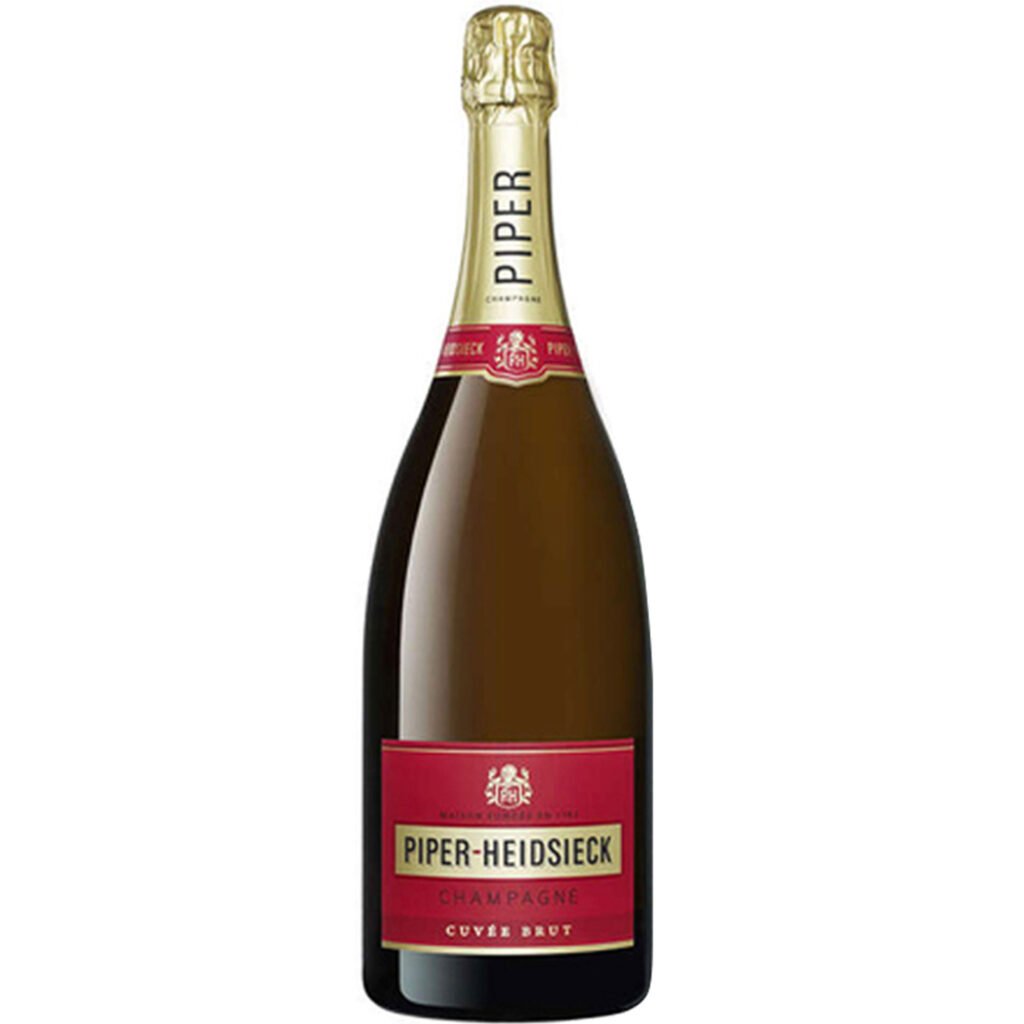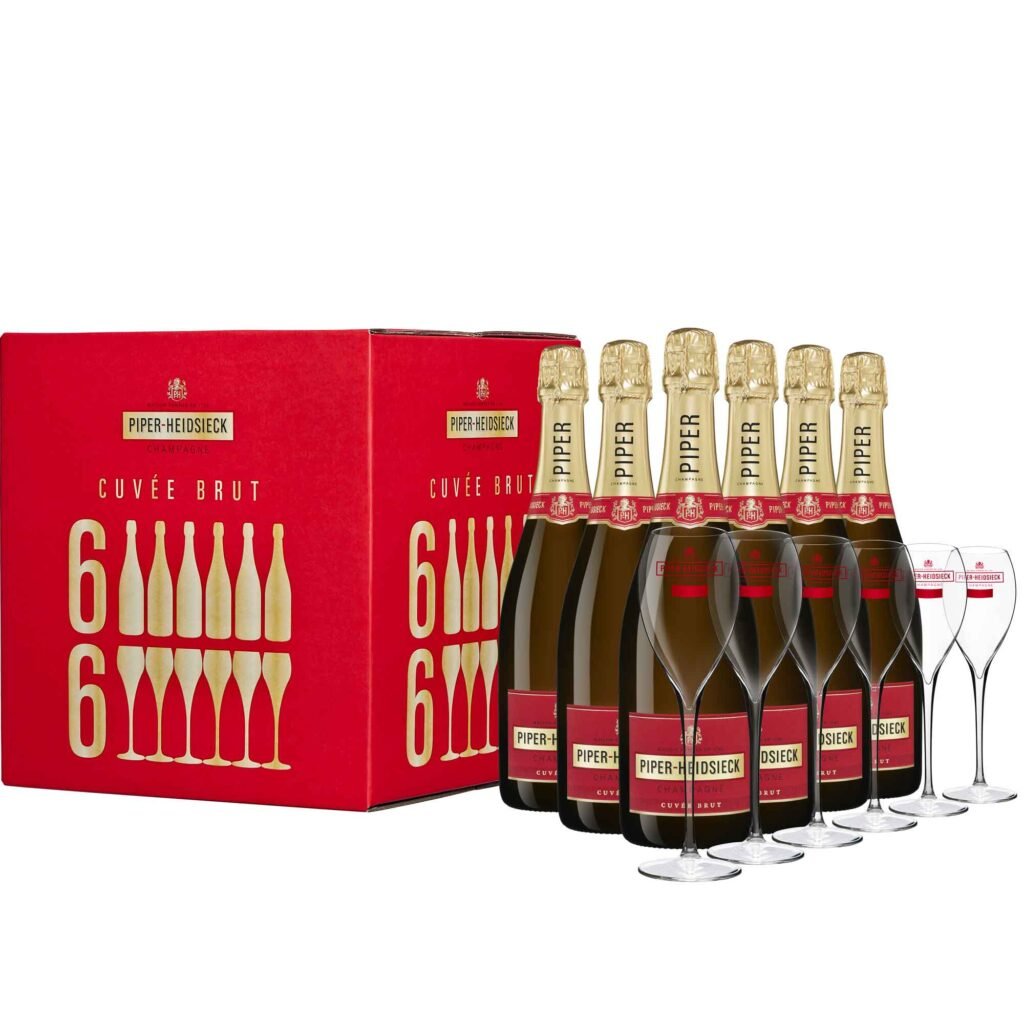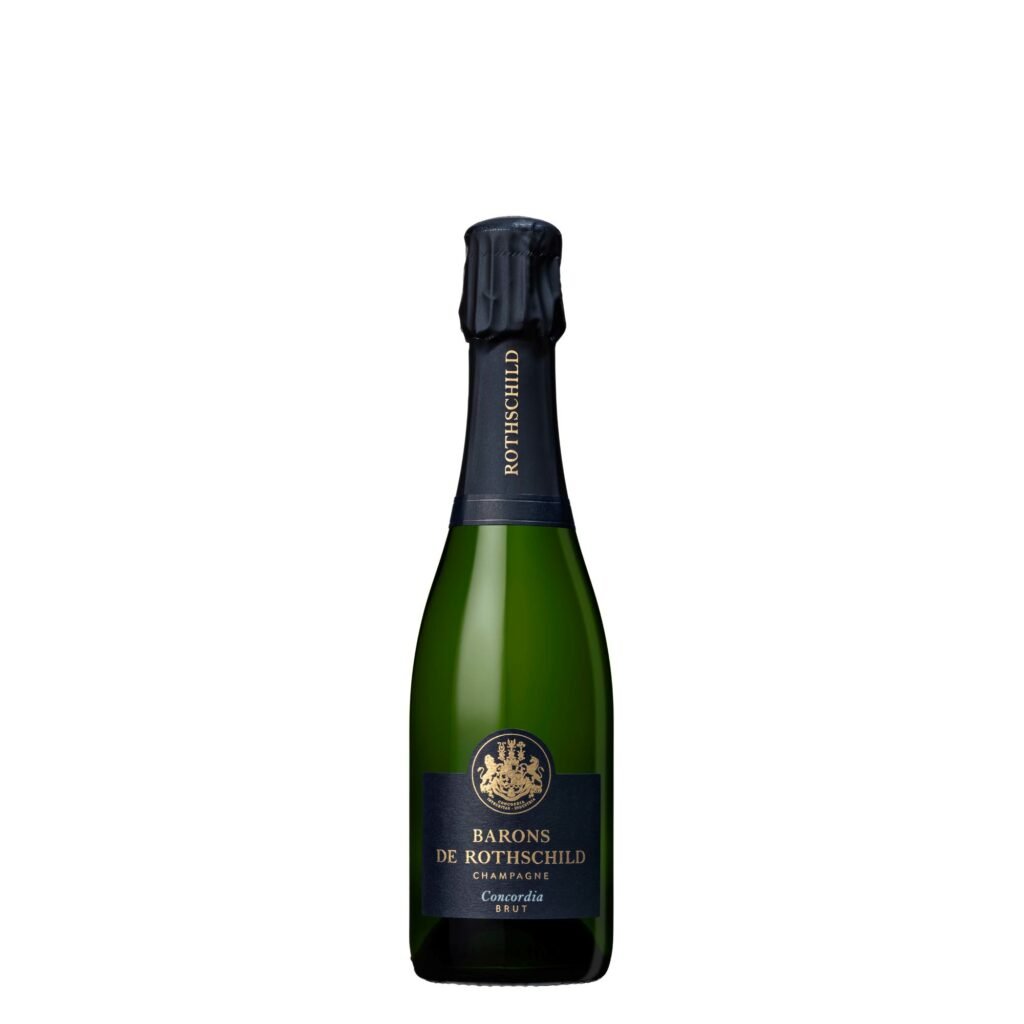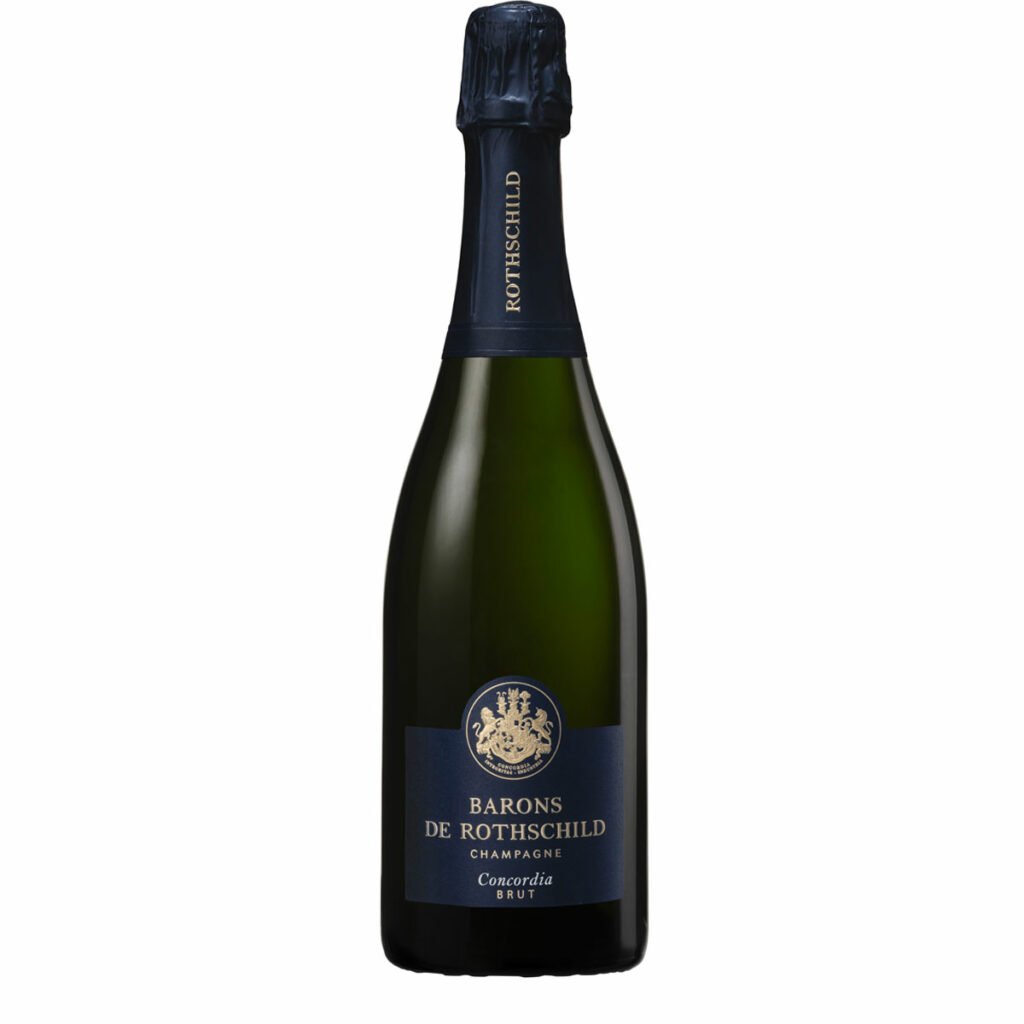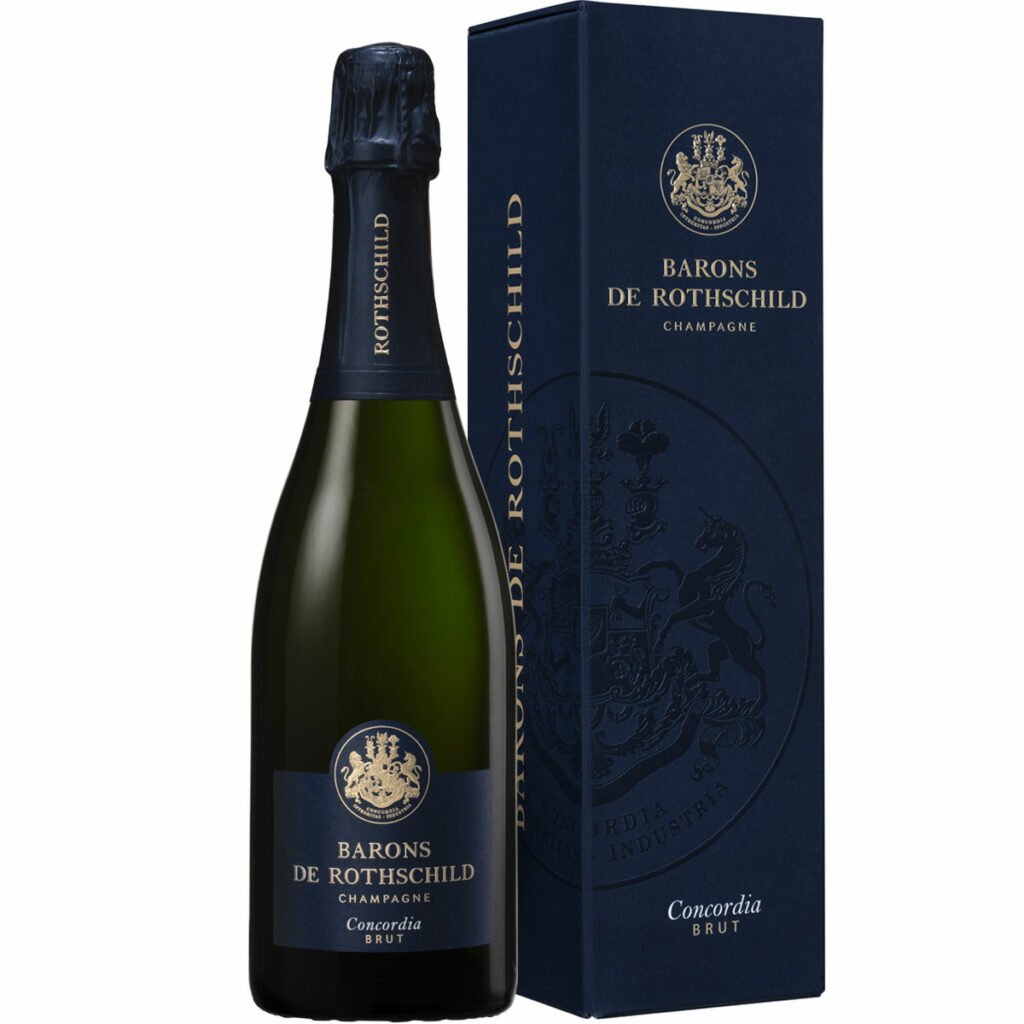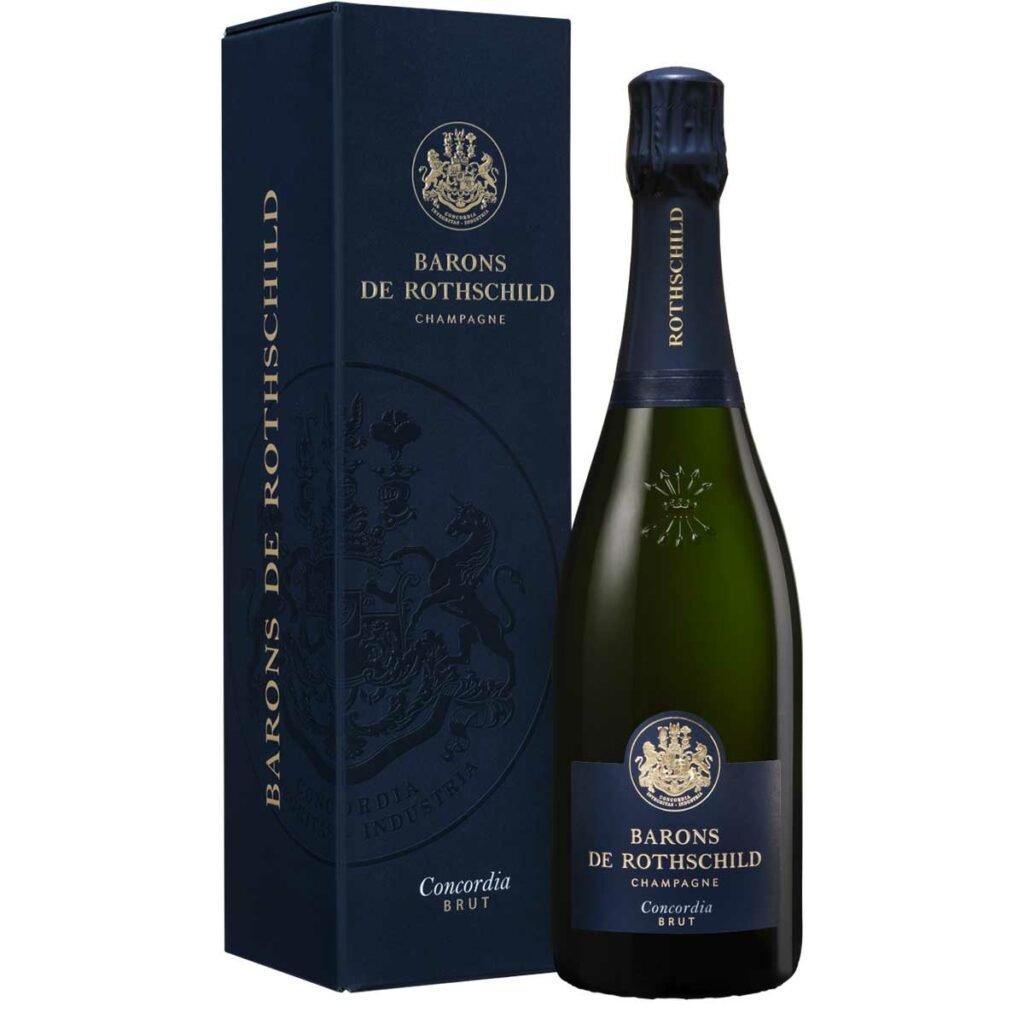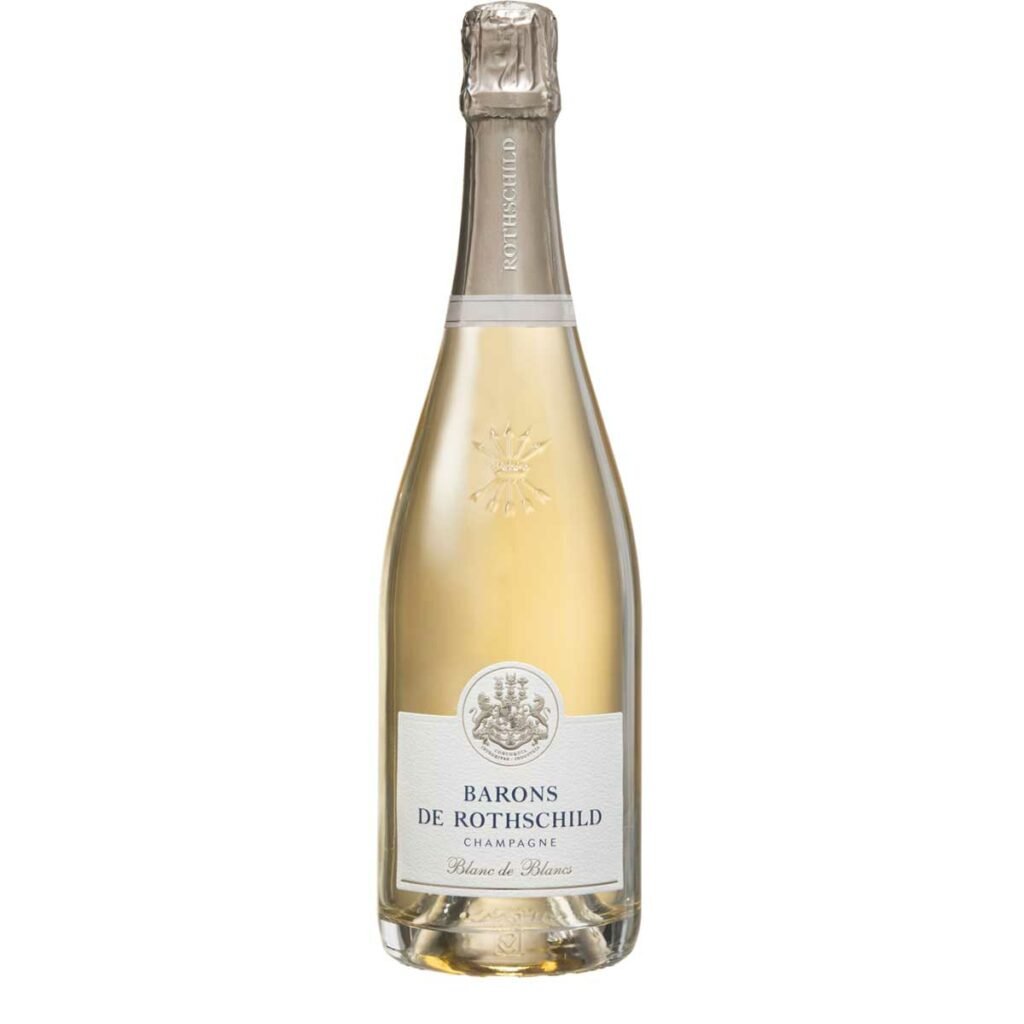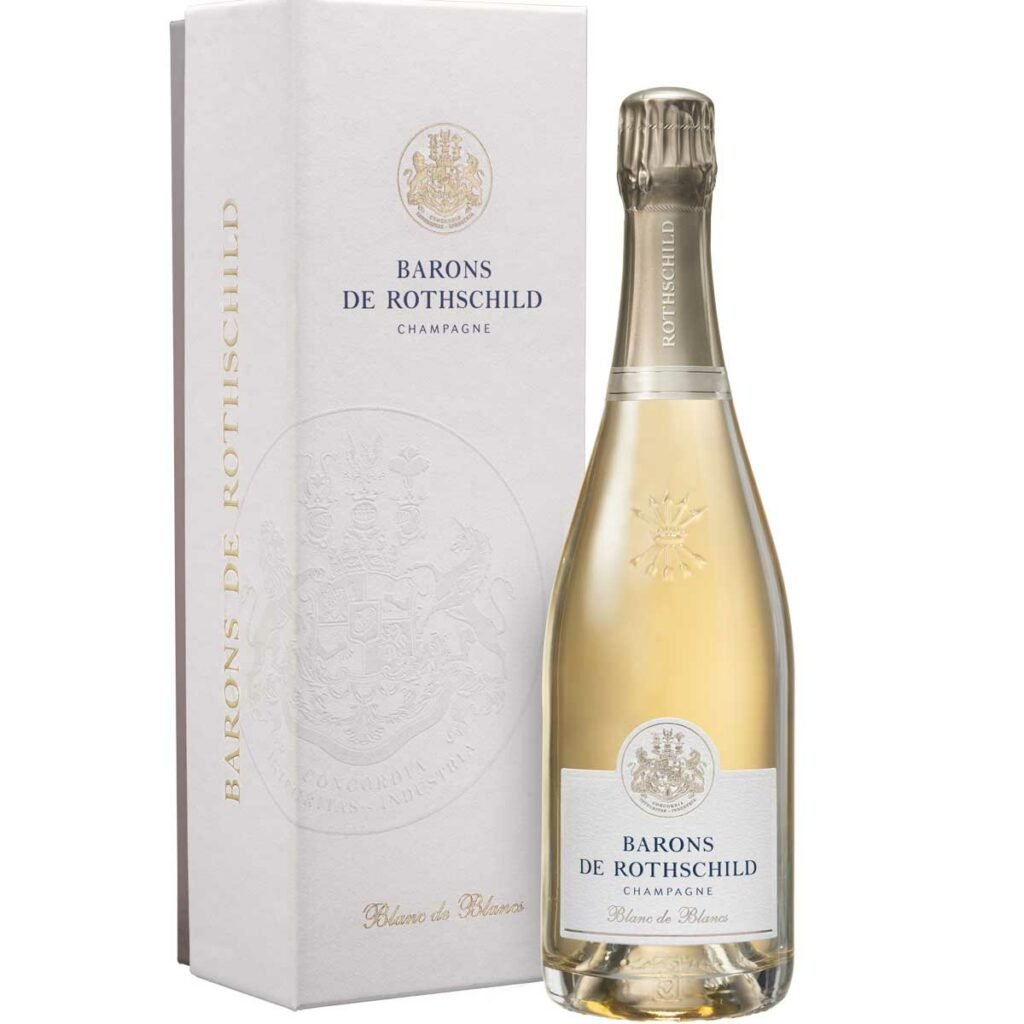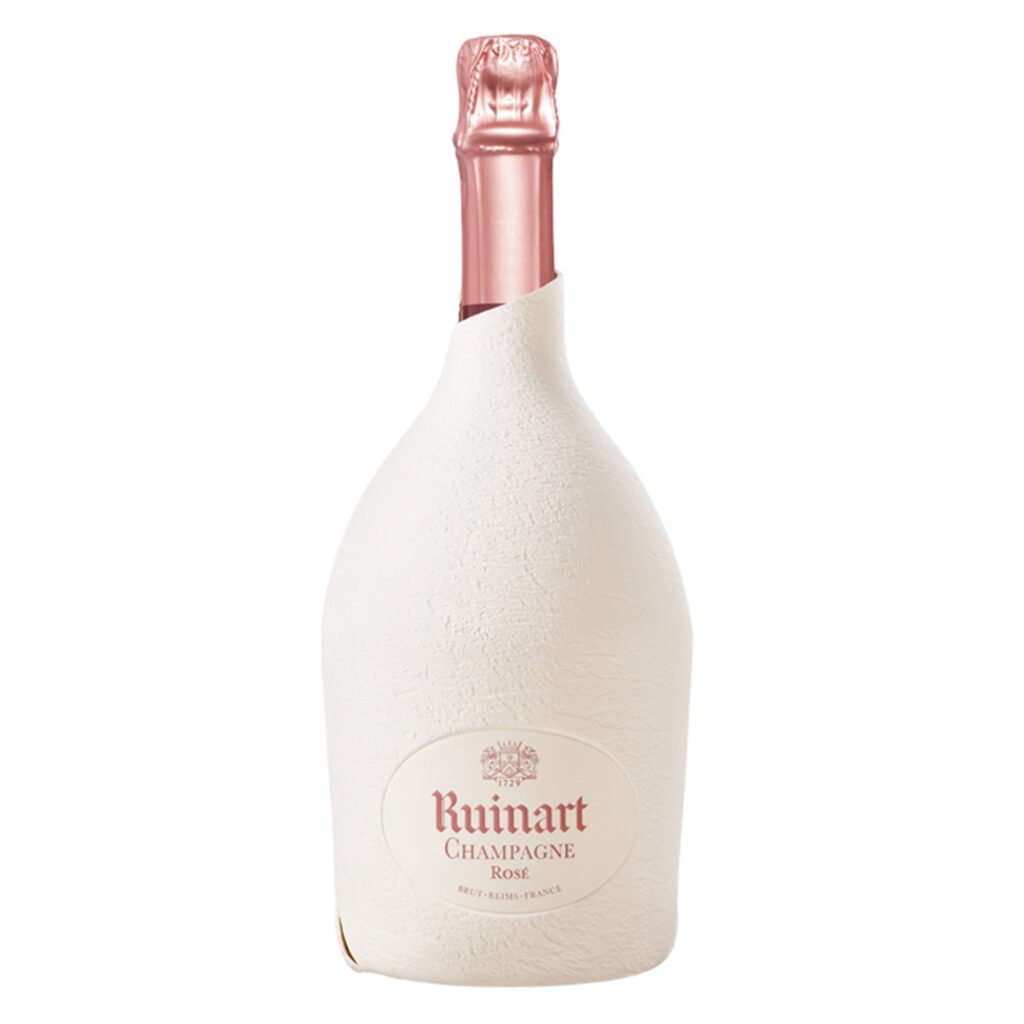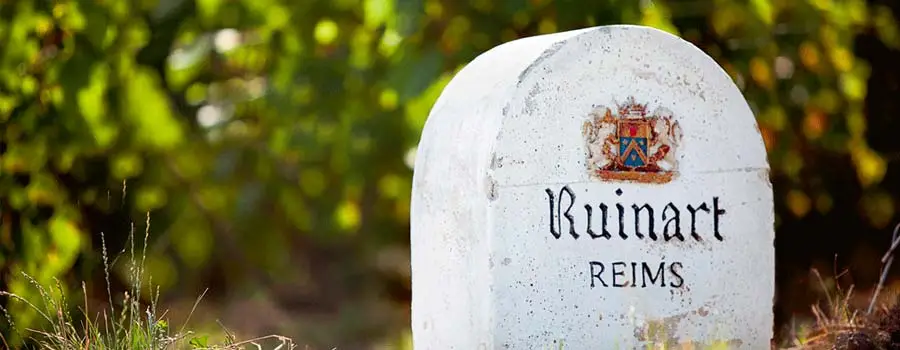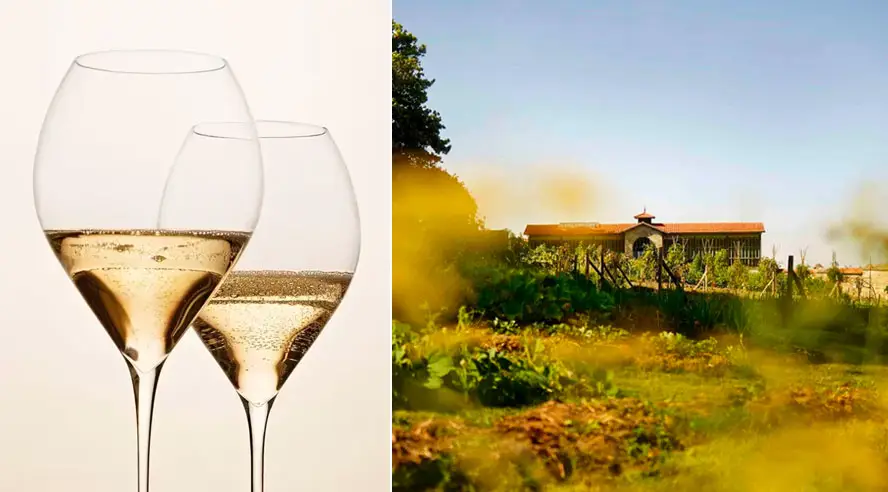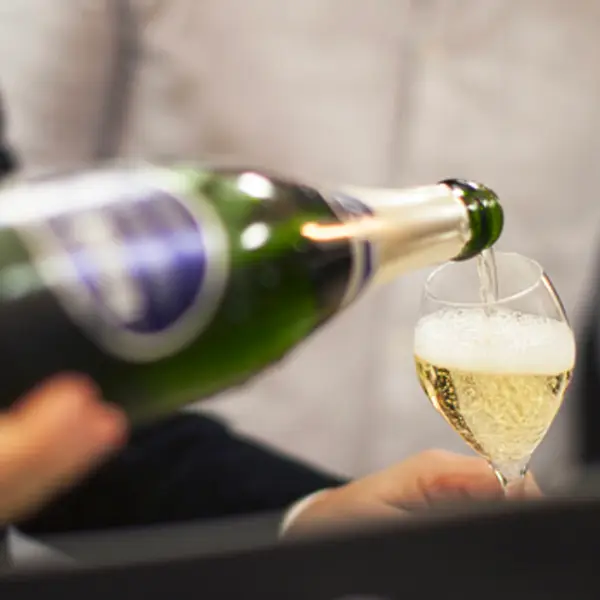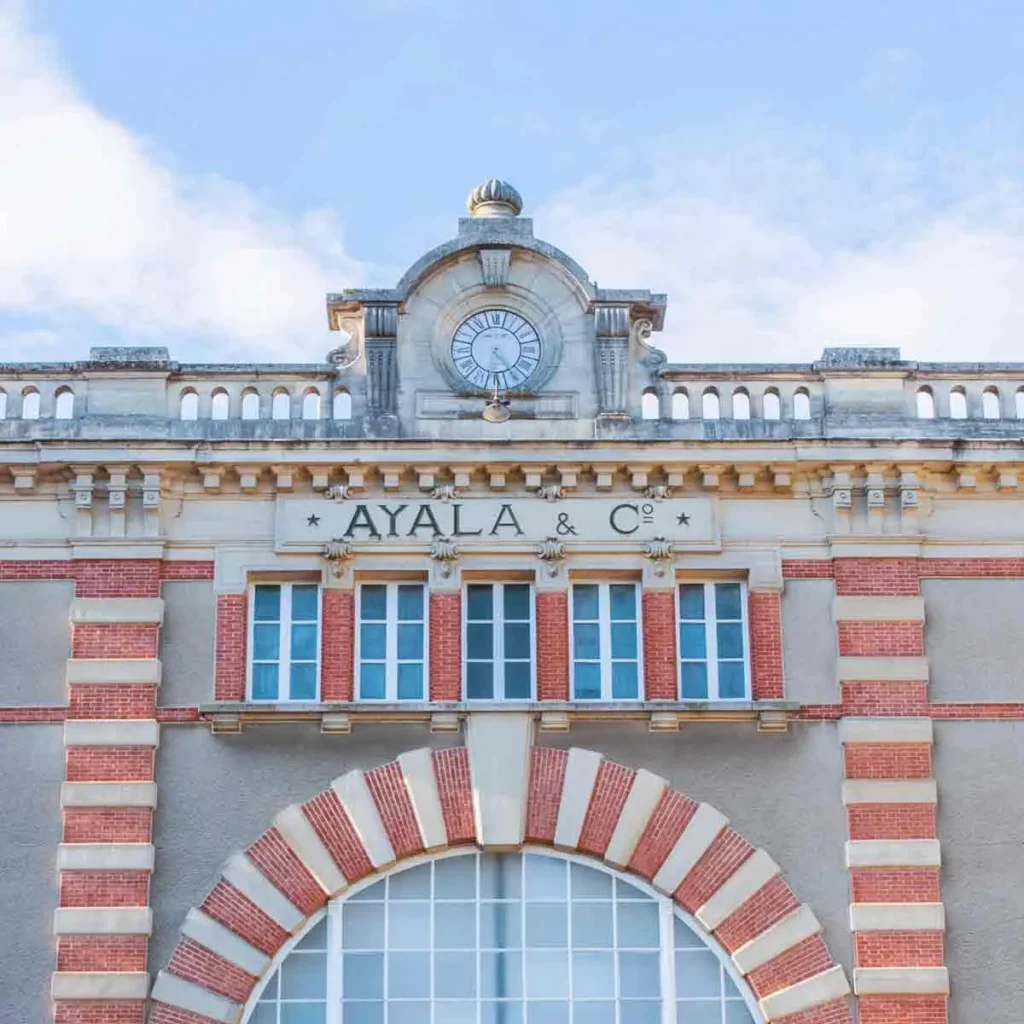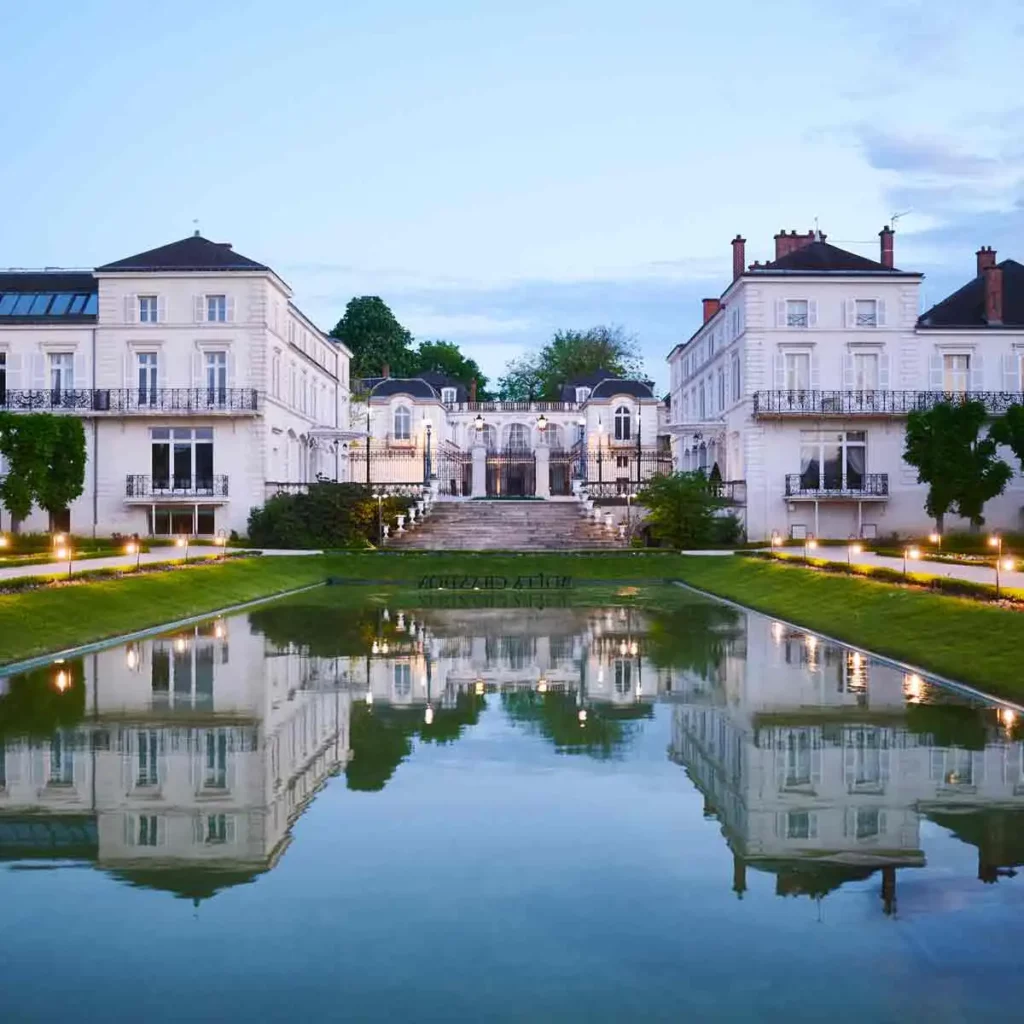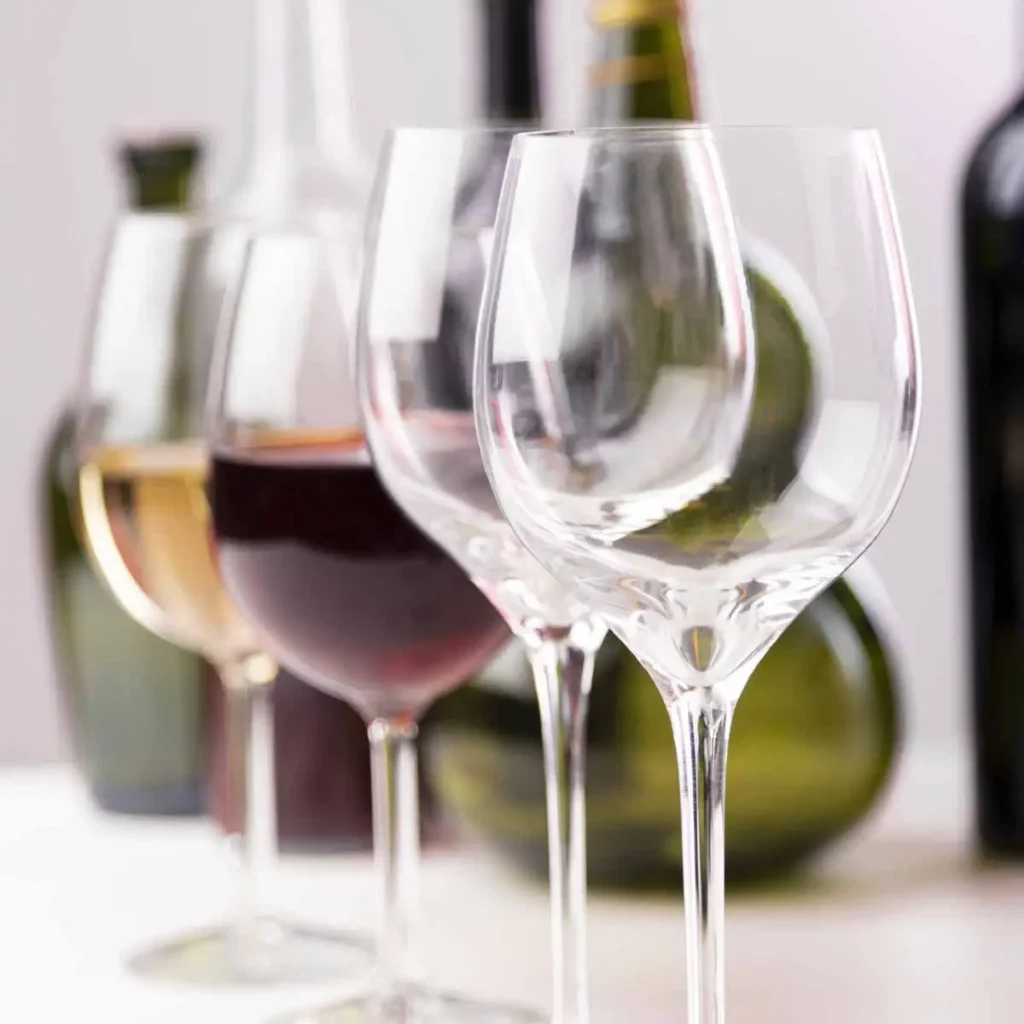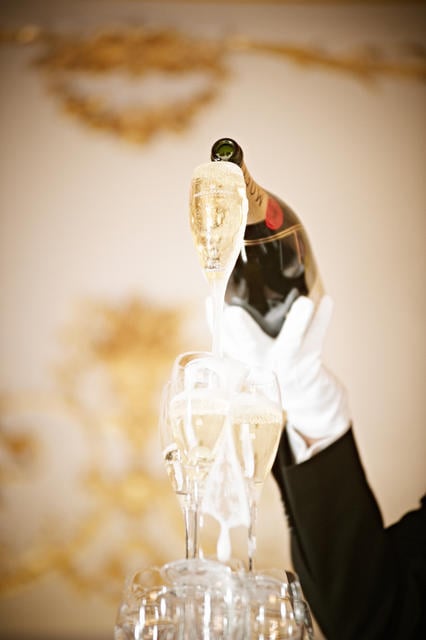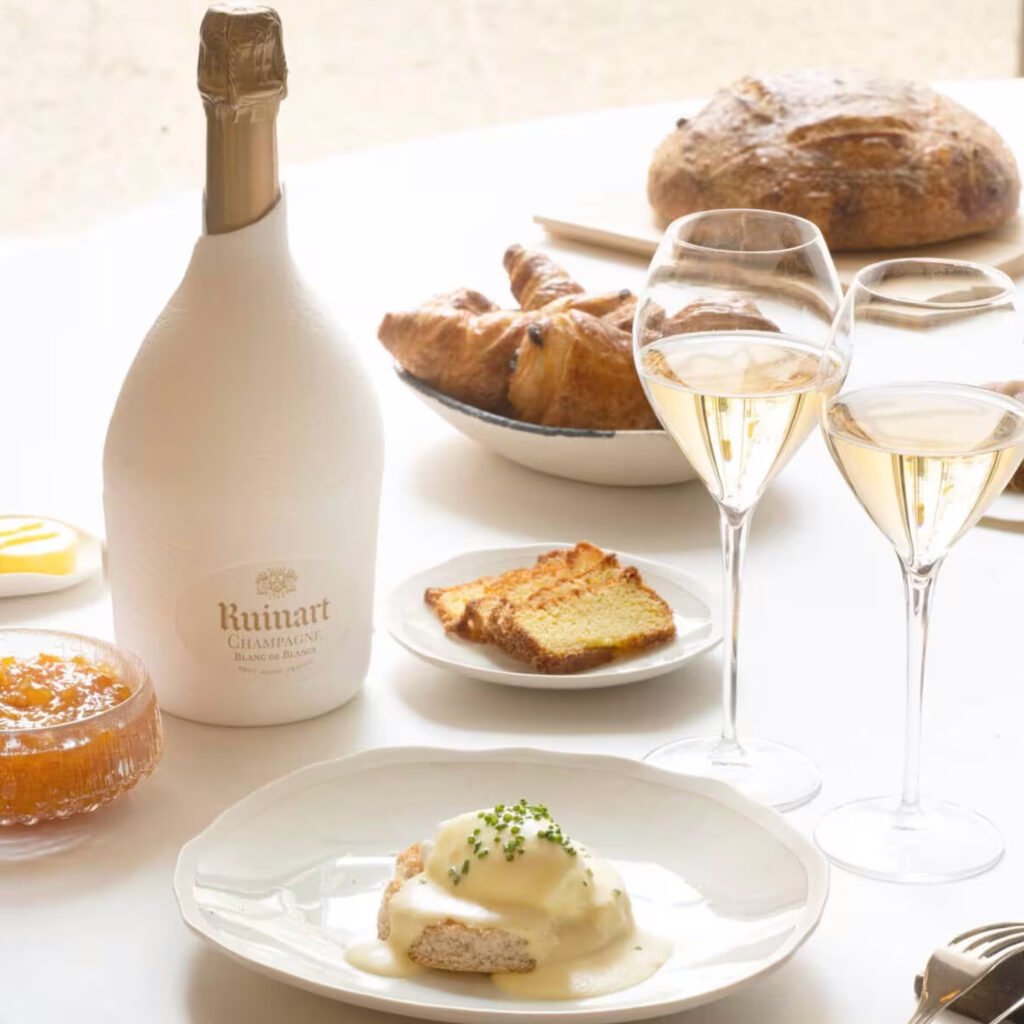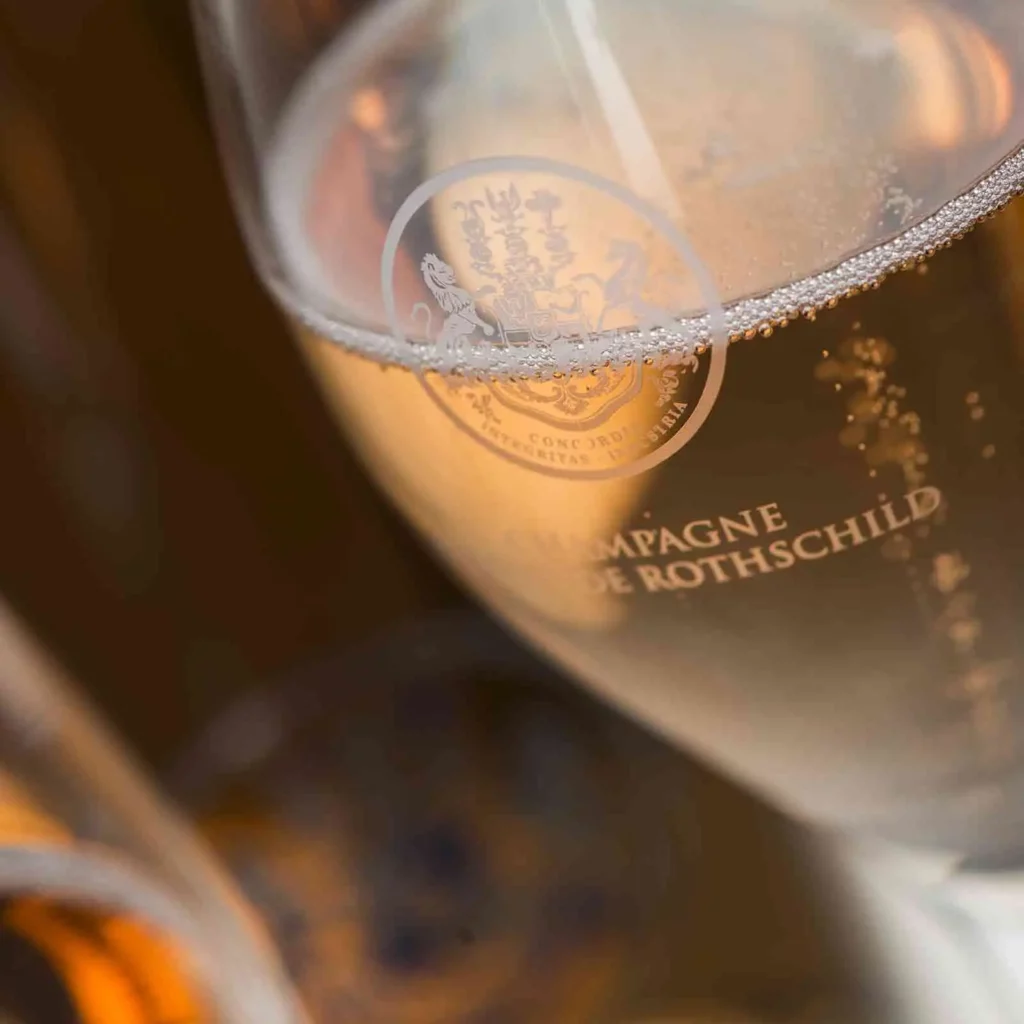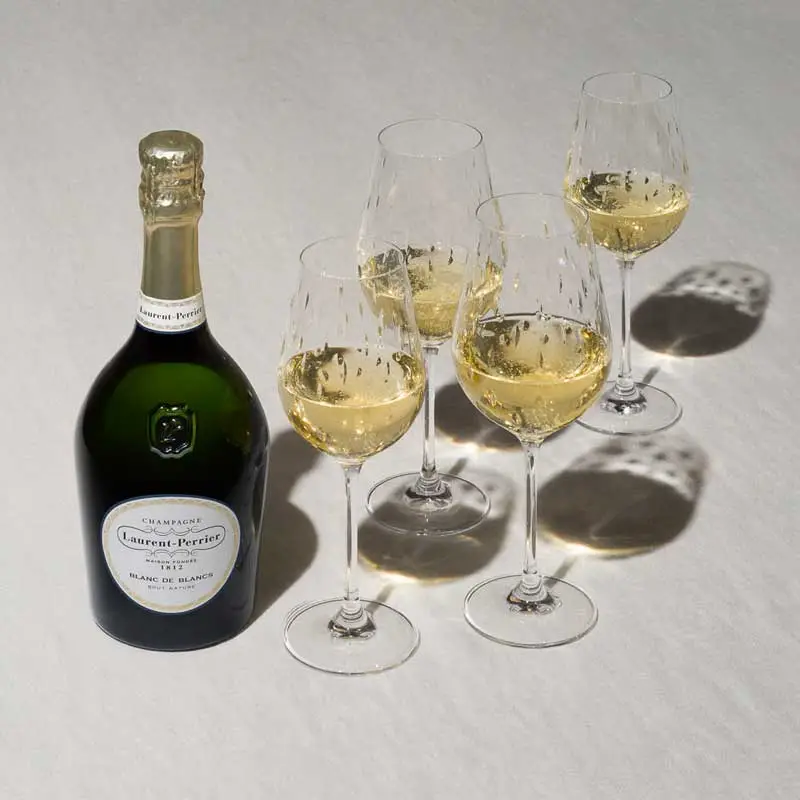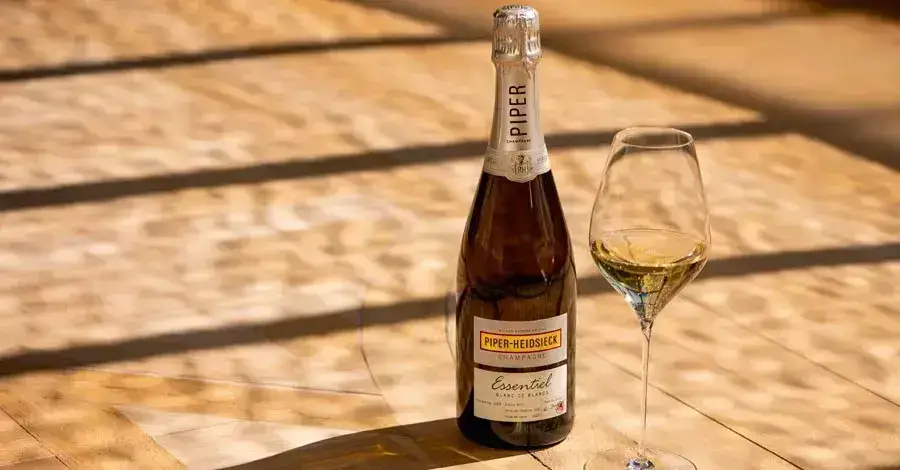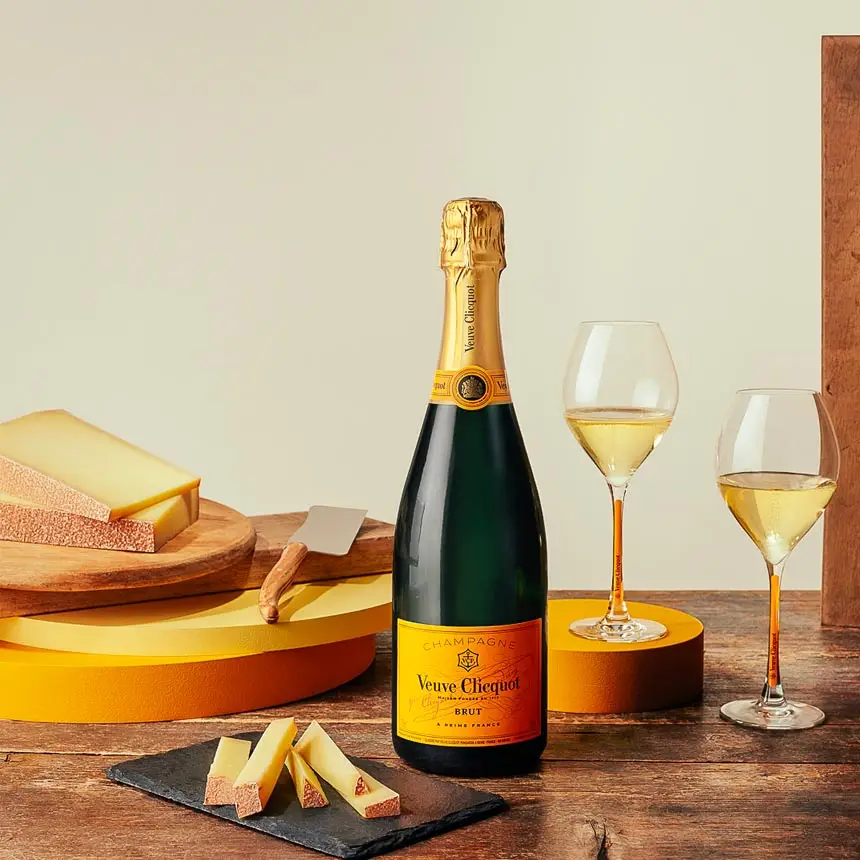Home » Shop » Ruinart » Dom Ruinart Blanc de Blancs 2013 Bottle
Ruinart
Dom Ruinart Blanc de Blancs 2013 Bottle (0.75L) | Naked Bottle
2013 is the 28th vintage of this exceptional cuvée, created as a tribute to Dom Thierry Ruinart. Dom Ruinart Blanc de Blancs 2013 is a great champagne. This cuvée has the aromatic freshness of Ch... Lire la suiteardonnay, the house signature. Combined with time, it expresses itself here with even greater depth, amplitude and complexity. “The release of a Dom Ruinart cuvée is a rare opportunity to discover the imprint of a year in a great Blanc de Blancs. 2013 is marked by a very late harvest, bringing more freshness and toasty aromas enhanced by aging under cork. ” – Frédéric Panaïotis, Cellar Master at Ruinart
Vintage 2013: The year 2013 was marked by a winter and, above all, a spring that was as rainy as it was cool. Although there was no spring frost damage, the temperature over the first six months of the year was the lowest recorded in 20 years (7.7°C compared with a ten-year average of 10°C). The cycle therefore got off to a slow start: bud-break was 13 days late and flowering 21 days!
Fortunately, summer weather was more clement, with plenty of sunshine, average temperatures and good water balance. August was more than 60% drier than the ten-year average (27 mm vs. 72 mm), enabling us to maintain optimum health. Sustained thunderstorm pressure at the end of June and July, as well as autumnal conditions in September and October, once again worried our winegrowers until the harvest. The harvest began on September 30, 20 days later than the ten-year average.
The judicious choice of harvest dates was once again key to harvesting these grapes at full maturity: sanitary conditions could deteriorate rapidly, and the days were getting shorter and cooler. But Chardonnay’s good resistance to botrytis attacks enabled it to reach optimum ripeness, with a good balance between technological ripeness (sugars, total acidity) and physiological ripeness, ideal for these later harvests.
Intense golden yellow in color with green highlights and silvery tinges, reflecting the wine's youthfulness, sustained by this late vintage.
On the nose
The nose reveals a complex repertoire of particularly remarkable freshness. It opens with frank toasty aromas, with notes of dried fruit reminiscent of almond and ripe wheat, and hints of pastry. Scents of citrus (grapefruit, lemon zest, bergamot) and juicy, tangy fruit (passion fruit, mango) are intense, underlining the wine's freshness. They blend harmoniously with scents of spring flowers (iris, hyacinth) and a more mineral, powdery register reminiscent of chalk, completed by delicately smoky notes.
In the mouth
On the palate, Dom Ruinart stands out for its rectilinear, chiselled architecture, supported once again by the wine's crystalline freshness, in perfect harmony with that of the nose. The overall aromatic palette asserts itself with intensity and precision. In particular, citrus aromas are extended by tonic, fruity spices whose peppery notes (white pepper, Sil Timur pepper) carry the wine's length.
Serve at a temperature of 10 to 12°C, in large Lehmann 45cL Jamesse tasting glasses, or white wine glasses, to enhance its complexity. The flavors of Vintage 2013, combined with an intense freshness, offer a wide range of possibilities for pairing, combining expertise and modernity: for example, a royal of parsnips, chestnut cream and chips, sorrel, diced pear OR Fresh oysters, cauliflower mousseline, buckwheat seeds OR Monsieur Mure turbot, champagne sauce, gomasio and nori seaweed.
Serve between 10 and 12°C.
Its ageing potential can last up to 10 years, and much longer depending on storage conditions.
100% Chardonnay from grands crus and premiers crus, 70% from Côte des Blancs (Le Mesnil-sur-Oger, Avize, Chouilly, Bergères-lès-Vertus) and 30% from Montagne de Reims (Verzenay, Sillery, Taissy, Villers-Marmery).
– Harvested by hand
– Alcoholic fermentation in temperature-controlled stainless steel vats
– Malolactic fermentation
– Corking
– Manual interleaving
– Minimum 9 years’ ageing on laths
– Manual disgorging.
Racking under cork:
While yeast quickly consumes the oxygen trapped in the bottles after racking, slow, low-level exchanges between the carbon dioxide escaping and the oxygen entering take place throughout the aging process. This contact is all the more critical as, over a long period of time, this oxygen ingress significantly modifies the organoleptic profile of the wine, altering the aromatic freshness sought by Ruinart, especially for a Blanc de Blancs aged ten years in the cellar. Controlling these gaseous exchanges is essential to achieving the desired wine.
Dom Ruinart 2010 marks a major step forward in the control of these exchanges, with the return of a practice once used: tirage-liège. At the end of the 1990s, guided by an intuition, the cellar master decided to age part of the production of Dom Ruinart 1998 bottles under cork. Instead of the metal capsules commonly used, he opted for cork stoppers. Then, as usual, he let time do its work. When tasted in 2008, the difference was significant: the corked bottles produced tighter wines with an extra layer of complexity. Of course, this material is porous, but over the long term, it remains formidably stable. More so than metal capsules, which let oxygen through constantly and regularly every year.
The proof is in the pudding: the paradigm has shifted. The next Dom Ruinart cuvées will benefit from this knowledge. Science, experimentation and tradition come together in a material that is as noble as it is ecological, since it has the capacity to regenerate itself entirely every nine years after the first harvest, which takes place 23 years after planting.
Extra Brut 5.5 g/liter
You may also like
42,00 € Original price was: 42,00 €.39,00 €Current price is: 39,00 €.
Events
Immersion in Champagne
- Paris
- 10 to 12 people
- À partir de
Food and champagne pairings
- Paris
- 10 to 12 people
- À partir de

